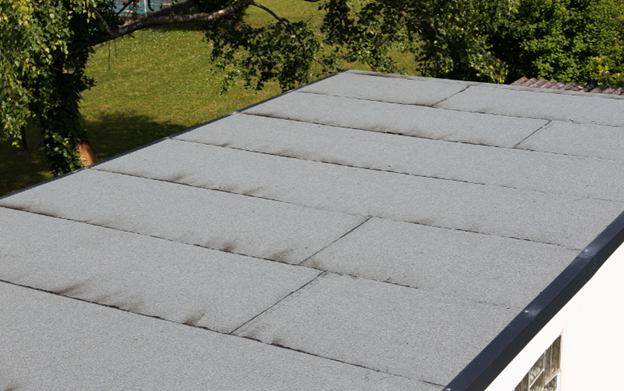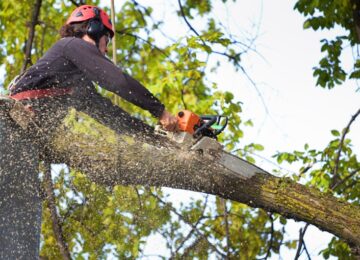Waterproofing underground structures is crucial for ensuring the durability and integrity of buildings in Singapore’s tropical climate. Given the high humidity and frequent rainfall, protecting these structures from water ingress is paramount. One of the most effective methods to achieve this is through waterproofing membranes. In this guide, we will explore the key types of waterproofing membranes available, their applications, and the best practices for selecting and installing them.
Understanding Waterproofing Membranes
Waterproofing membranes are thin layers of waterproof material applied to surfaces to prevent water from penetrating. These membranes act as barriers, protecting underground structures from moisture and potential damage. They are important in Singapore, where underground spaces such as basements, tunnels, and car parks are frequently exposed to high groundwater levels and rainwater. The membranes are designed to be flexible, durable, and capable of withstanding various environmental conditions.
Types of Waterproofing Membranes
There are several types of waterproofing membranes, each offering different properties and levels of protection. The most common types used for underground structures include:
- Sheet-Based Membranes: These are pre-formed sheets applied to the structure surface. They are typically made from materials like PVC, rubber, or bitumen. Sheet-based membranes are known for their high durability and are often used in areas where high levels of protection are required.
- Liquid-Applied Membranes: As the name suggests, these membranes are applied as a liquid and then cured to form a seamless, flexible layer. They are ideal for complex shapes and surfaces where a uniform coating is needed. The flexibility of liquid-applied membranes makes them an excellent choice for areas prone to movement or settling.
- Self-Adhesive Membranes: These membranes come with an adhesive backing, allowing easy installation. They are commonly used in areas with limited access or where quick application is necessary. The adhesive nature of these membranes ensures a strong bond to the surface, reducing the risk of water infiltration.
- Cementitious Waterproofing: This type of waterproofing involves the application of a cement-based coating that creates a rigid barrier. While not as flexible as other membranes, cementitious waterproofing is effective for areas with minimal movement often used in conjunction with other types of membranes for added protection.
Selecting the Right Waterproofing Membrane
Choosing the right waterproofing membrane for your underground structure in Singapore requires careful consideration of several factors. These include the type of structure, the level of water exposure, and the expected lifespan of the membrane. It is also important to consider the ease of application, especially in areas with limited access or complex shapes.
For example, sheet-based membranes may be more suitable for large, flat surfaces, and liquid-applied membranes might be better for intricate areas. Consulting with a waterproofing supplier in Singapore can provide valuable insights into the best products for your specific needs.
Importance of Quality Waterproofing Products
The effectiveness of waterproofing membranes largely depends on the quality of the products used. In Singapore, where underground structures are constantly exposed to water, using high-quality waterproofing products is essential. Poor-quality membranes can lead to leaks, structural damage, and costly repairs.
When selecting waterproofing products in Singapore, it is crucial to choose those tested and proven to perform well under local conditions. Look for products that offer a balance of flexibility, durability, and ease of application. Additionally, ensure that the products are compatible with the specific materials and construction methods used in your project.
Best Practices for Installing Waterproofing Membranes
Proper installation is key to ensuring the effectiveness of waterproofing membranes. Here are some best practices to follow:
- Surface Preparation: Before applying the membrane, ensure that the surface is clean, dry, and free of any debris or contaminants. This will help the membrane adhere properly and provide a uniform barrier.
- Overlap and Sealing: When installing sheet-based membranes, ensure adequate overlap between sheets to prevent water from seeping through the joints. Use appropriate sealing methods, such as welding or adhesive tapes, to secure the overlaps.
- Proper Curing: For liquid-applied membranes, allow sufficient time for the material to cure and form a strong, seamless layer. This may require protecting the area from foot traffic or additional construction activities during the curing process.
- Regular Inspection and Maintenance: Even after installation, it is important to inspect the waterproofing membrane for any signs of damage or wear. Early detection of issues can prevent more extensive damage and costly repairs.
Common Applications of Waterproofing Membranes
Waterproofing membranes are widely used in various underground structures in Singapore. Some common applications include:
- Basements: Waterproofing is essential to prevent water ingress, leading to mould growth, structural damage, and an unhealthy living environment.
- Tunnels: Tunnels are particularly vulnerable to water infiltration due to their below-ground level. Waterproofing membranes help protect the tunnel structure and ensure safe passage.
- Car Parks: Underground car parks are often exposed to water from the ground and vehicles. Waterproofing membranes help prevent water from seeping into the structure and causing damage to the concrete and reinforcement.
- Foundations: The foundation of any building is critical to its stability. Waterproofing membranes protect the foundation from water damage, ensuring the longevity and safety of the entire structure.
Choosing a Reliable Waterproofing Supplier in Singapore
Selecting a trustworthy waterproofing supplier in Singapore is as important as choosing the right membrane. A reliable supplier will offer high-quality products, expert advice, and after-sales support. They should have a strong track record of success in the industry and be able to provide references or case studies of previous projects.
It is also beneficial to work with a supplier who can offer a comprehensive range of waterproofing products in Singapore, ensuring that you have access to the best solutions for your specific needs.
Conclusion
Waterproofing membranes are an essential component in protecting underground structures in Singapore. By understanding the different types of membranes, selecting high-quality products, and following best installation practices, you can ensure the long-term durability and safety of your structures.
Visit Mapei Far East’s website for more details.










